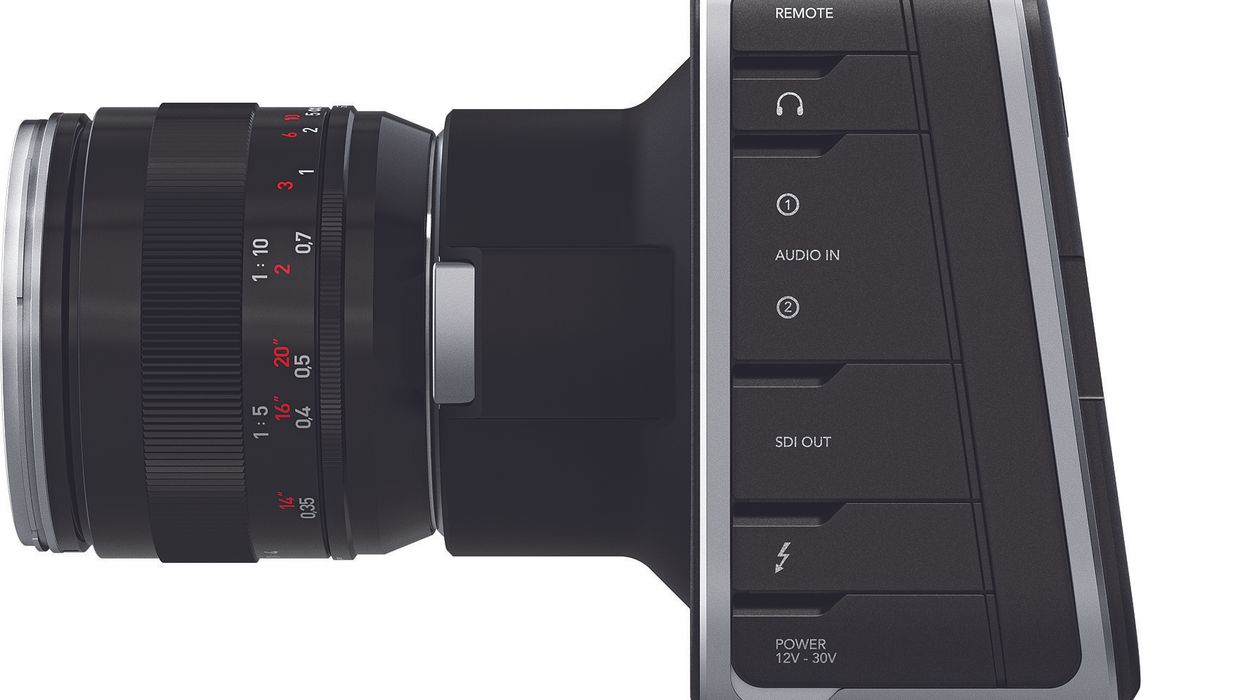RAW 1080p is Coming with the Blackmagic Cinema Camera, but Can You Afford the Hard Drives?

By now many of you may be familiar with the Blackmagic Cinema Camera - it made a splash at this year's NAB show in Las Vegas. There wasn't a person I talked to that wasn't excited to know more about this tiny little RAW-shooting 1080p camera. Thankfully, the camera shoots more than RAW video, as it can also shoot slightly compressed DNxHD and ProRes -- but what if you do want to shoot RAW? Just like with DSLRs, most of the RAW video available in higher-end cameras is slightly compressed, as bitrates can exceed bandwidth. To keep costs down, the RAW in the BMCC is completely uncompressed RAW video, which means, you're getting bit for bit everything that is coming out of the A/D convertor (which takes the information from the sensor and translates it into digital values). We've talked a bit about increased disk space requirements, but rarely about affordability. The trend for most technology is to get cheaper over the long term -- but that's not exactly happening with hard drives for a number of reasons.
The floods in Thailand last year destroyed the manufacturing plants for a number of major manufacturers, and as a consequence, prices rose dramatically. That is certainly to be expected, but as manufacturing normalizes or shifts to other places, we should start to see prices coming down -- or will we? ExtremeTech has been following the situation and has come to some interesting conclusions regarding prices. First, check out the chart they made below:
Prices for some products have come down, but for the most part, they are up across the board. Now you might say, what's another $20, $30, $50 for a single hard drive? Well, not much, of course, but we're not storing our footage on one hard drive if we're smart -- we're putting that data on multiple drives. Let's take for example, the Blackmagic Cinema Camera, which will record RAW files (full resolution in RAW mode is 2432 x 1366) at approximately 114 Megabytes per second. That comes to 6.8 Gigabytes per minute, and 410.6 Gigabytes per hour. Storage requirements add up - that Caviar Black hard drive that originally cost $150 is now $210. That's $180 more over the cost of three drives (for two backups), and if you're trying to shoot a 2 hour feature, say at a 15:1 shooting ratio, you'll need 12.3 Terabytes, and if you want that backed up twice, just about 37 Terabytes total. Those 19 2-Terabyte drives that you'll need for that footage would have cost you $2,850 last year, but with the costs rising, would now cost you just about $4,000.
It only gets worse for bigger projects, and as people move up to higher resolutions like 4K, 5K, and 6K, storage requirements get vastly more expensive. Regardless of the reason for the increase in prices (the other article points to profit motives), it's still something we've got to deal with. SSDs have come a long way, but they are still mostly $1 a Gigabyte or more, so it will be a long, long time before they are a viable substitute for spinning disks.
Should people stay away from RAW? Absolutely not -- in fact it's remarkable that you will now be able to get RAW video in a camera that costs only $3,000. The concern comes with shooting styles and project considerations. Not every project will need RAW, in fact most will not. But with longer projects comes different considerations for costs. Just because you can shoot something doesn't mean you have the money to back up that footage, and as resolutions increase, so do the storage requirements. It's not a "hidden cost," as some might say, but it's simply a fact of increased file sizes, and we as independent filmmakers know: every single dollar counts.
[via ExtremeTech]


 Richard Gere and Uma Thurman in 'Oh, Canada' via Kino Lorber
Richard Gere and Uma Thurman in 'Oh, Canada' via Kino Lorber  Uma Thurman in 'Oh, Canada'via Kino Lorber
Uma Thurman in 'Oh, Canada'via Kino Lorber 









